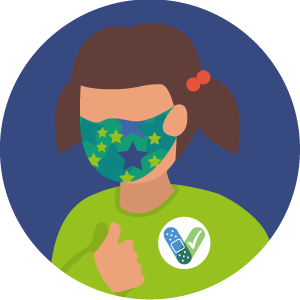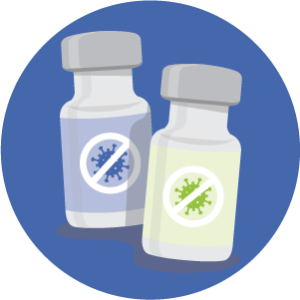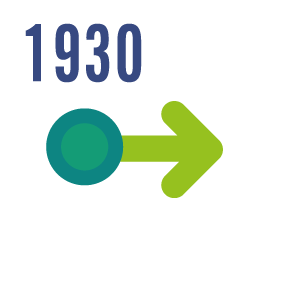
Native American Heritage Month
November is Native American heritage month, and we are excited to share one of many ways the communities with this rich heritage have been leaders in public health.
Alerts: Sept. 2, 2025: Multiple measles exposures have occurred in Spokane County. See locations, safety measures for individuals who have been exposed, and frequently asked questions. | Some federal websites are experiencing disruptions while being reviewed for compliance with executive orders. As a result, some links and information on srhd.org may be unavailable.

November is Native American heritage month, and we are excited to share one of many ways the communities with this rich heritage have been leaders in public health.

Parents across the country are breathing a sigh of relief that a COVID-19 vaccine is now approved for emergency use in kids aged 5-11. We understand how exciting it is. It’s true that, overall, children have seen less severe cases of COVID-19 than adults, but that doesn’t mean they are not at risk. The question for any medical intervention should never be whether it is perfect, but rather does the benefit of the treatment outweigh the risks. In this case, multiple agencies with the most qualified professionals across the United States have almost unanimously agreed that yes, COVID-19 poses much more of a risk to our children than vaccination.

Now, that the information about COVID-19 vaccine booster and third doses has been reviewed, how do we make sense of it all? We will break it down here the best we can. You can also checkout SRHD’s vaccination FAQ page for more information. To get advice specific to your situation and health history it’s always best to discuss options (and questions!) with your primary care provider.

The COVID-19 pandemic has highlighted health inequities in our country. The Hispanic population was one that was hit harder by COVID-19 than others. However, the contributions from members of the Hispanic community have positively impacted every level of the pandemic response from global efforts to work in our very own community. During Hispanic Heritage Month, we are taking time to recognize how important these contributions have been.

The timeline for the COVID-19 vaccine can be unclear to many, but if you want to look at the big picture, research began all the way back to the 1930s with the discovery of the first coronavirus infection in chickens. Decades later in 1965 Dr. June Almeida was able to identify a coronavirus under a microscope.